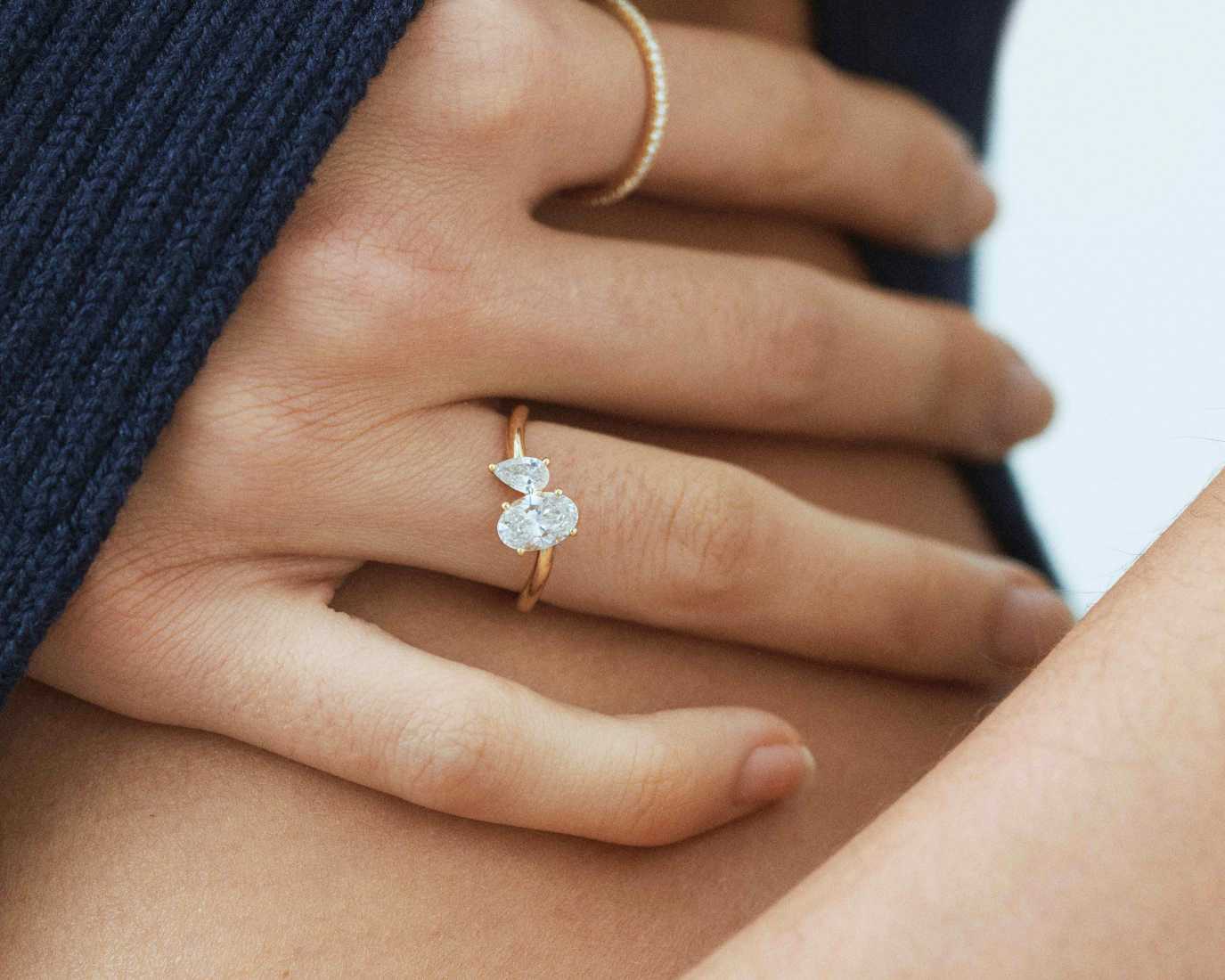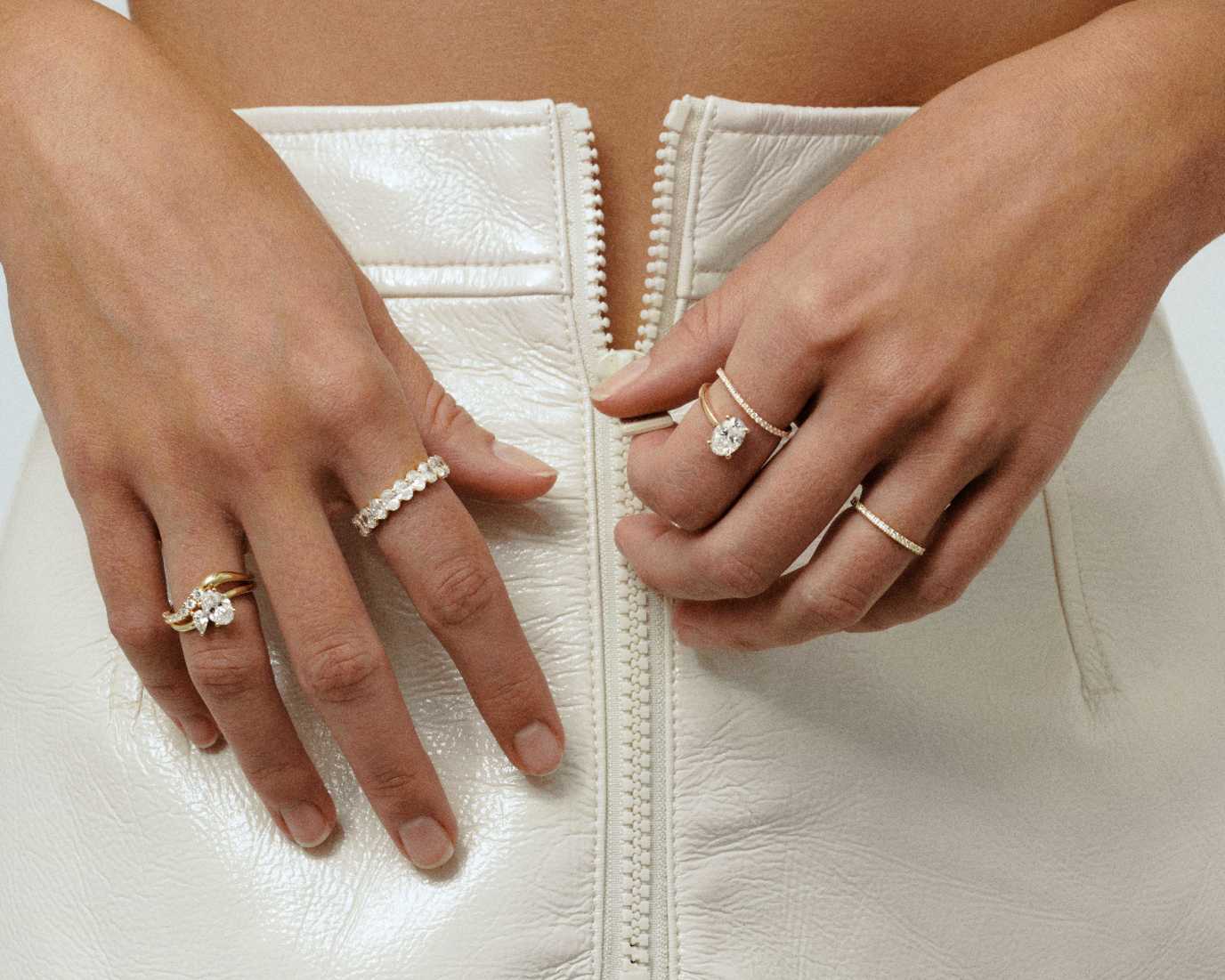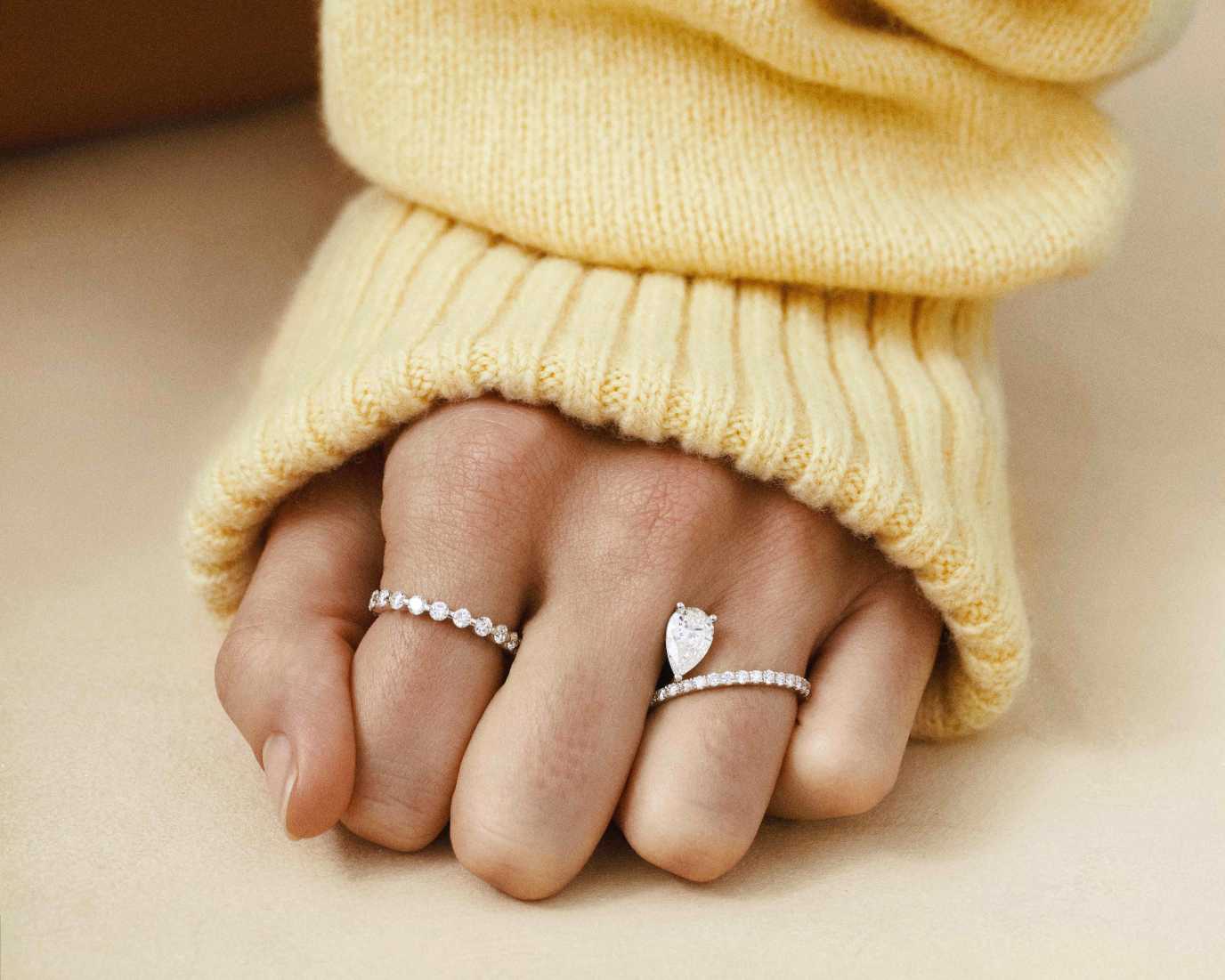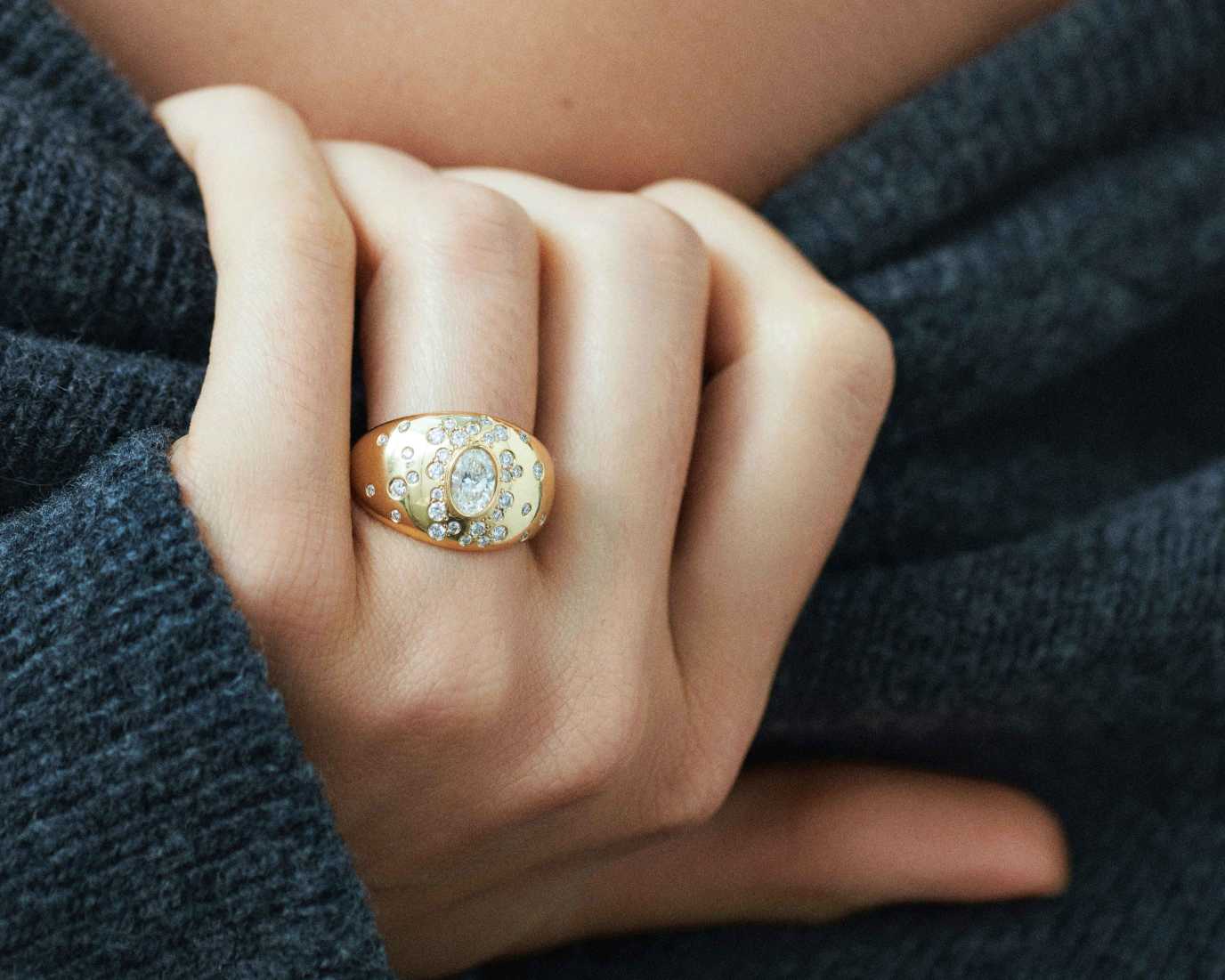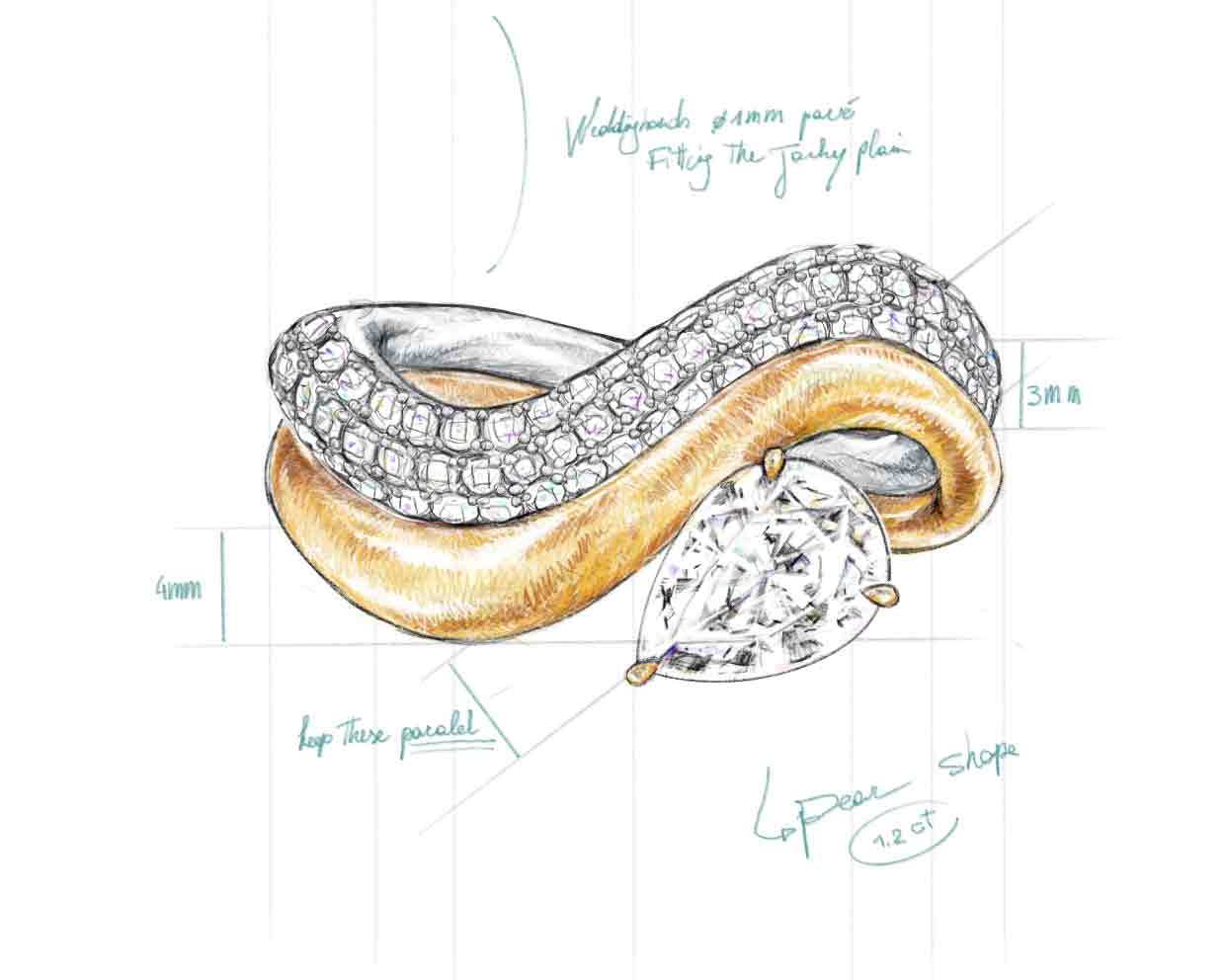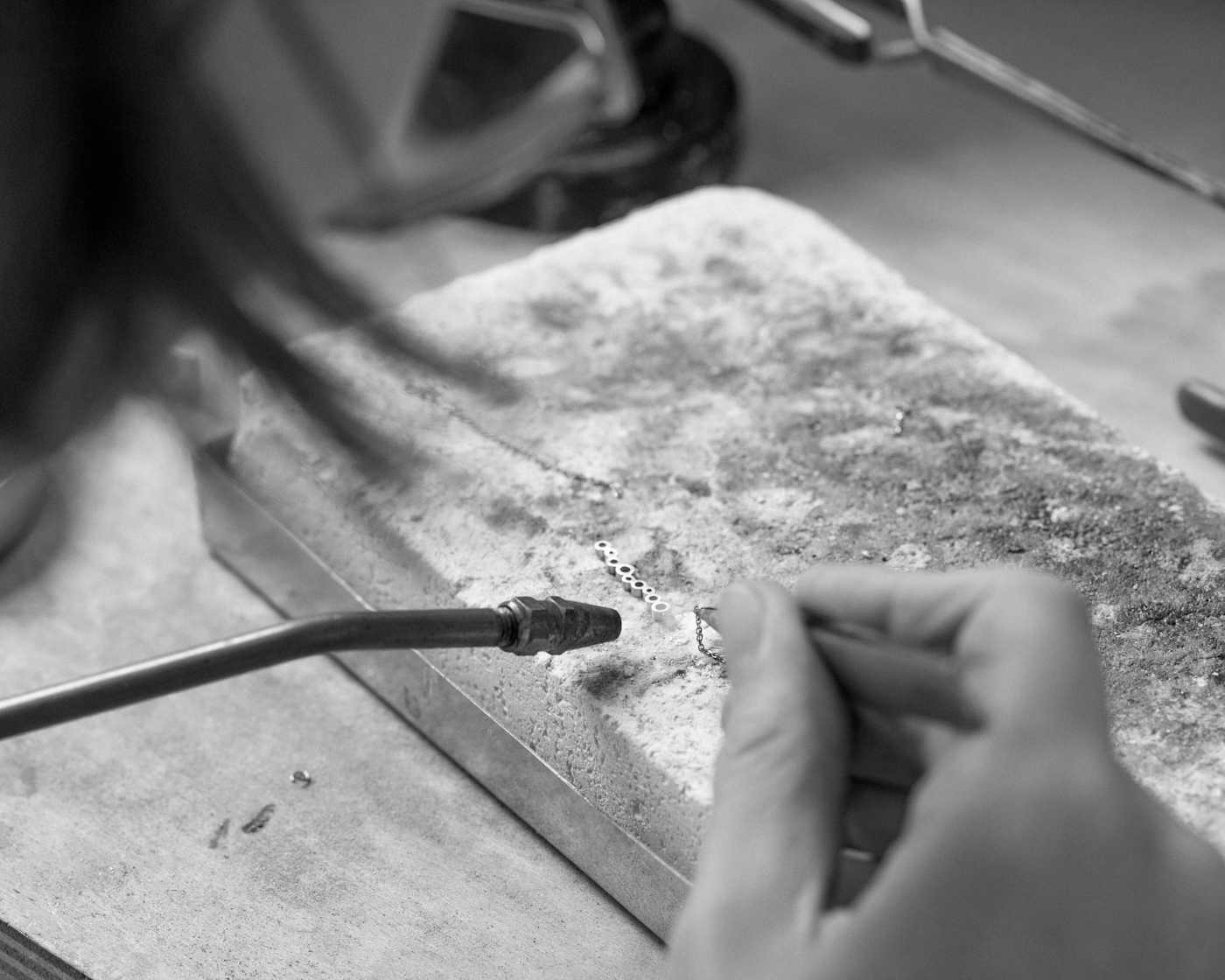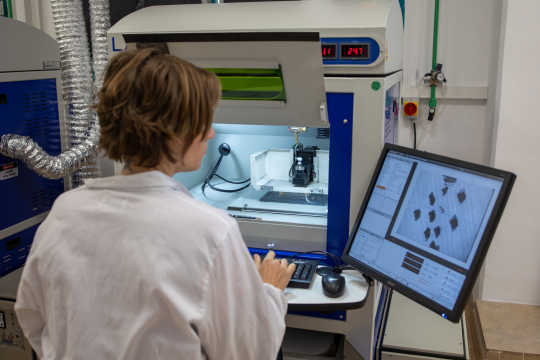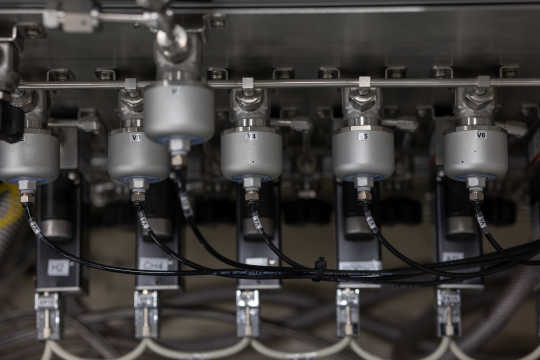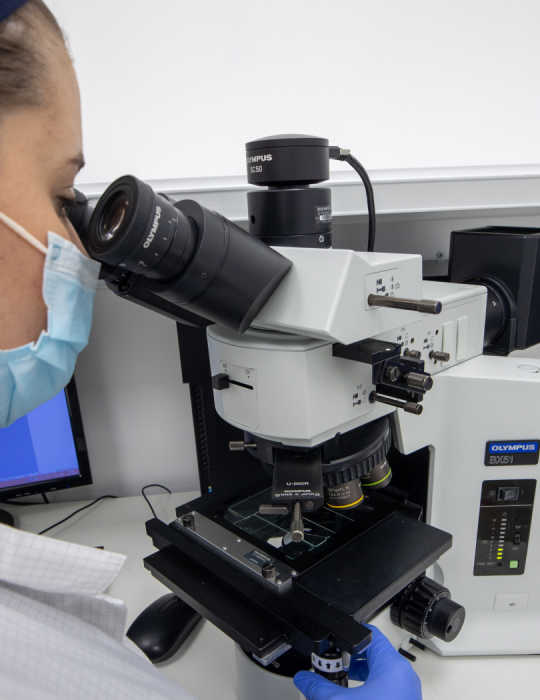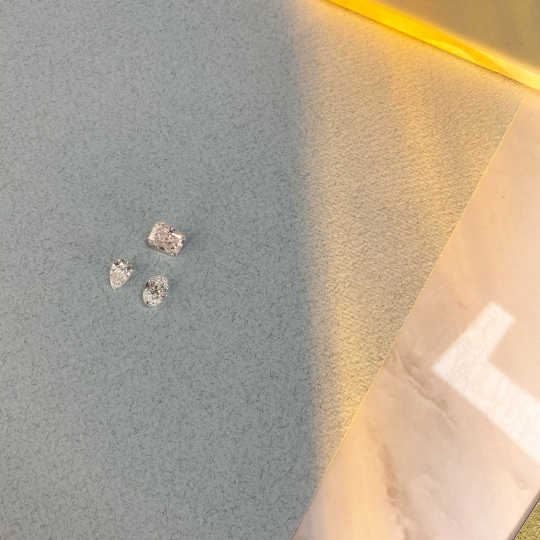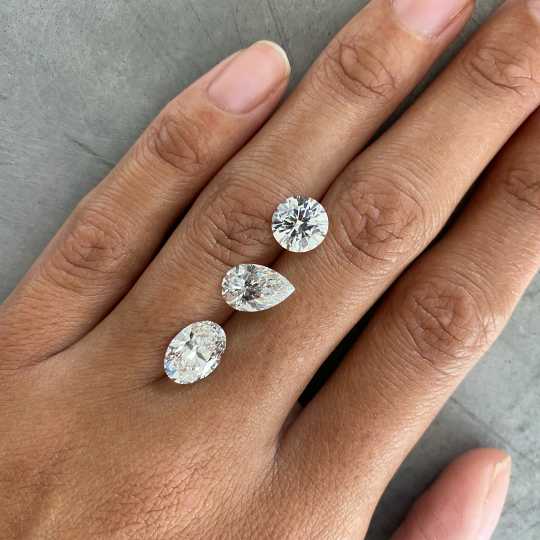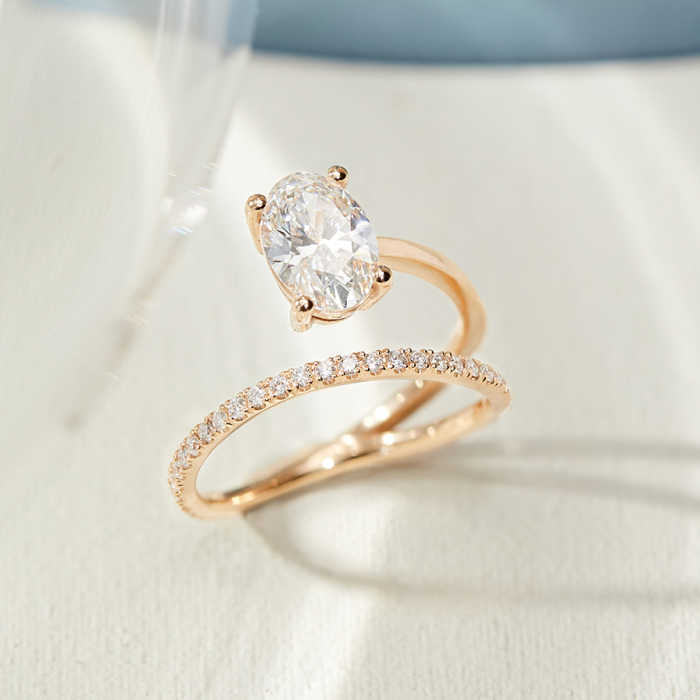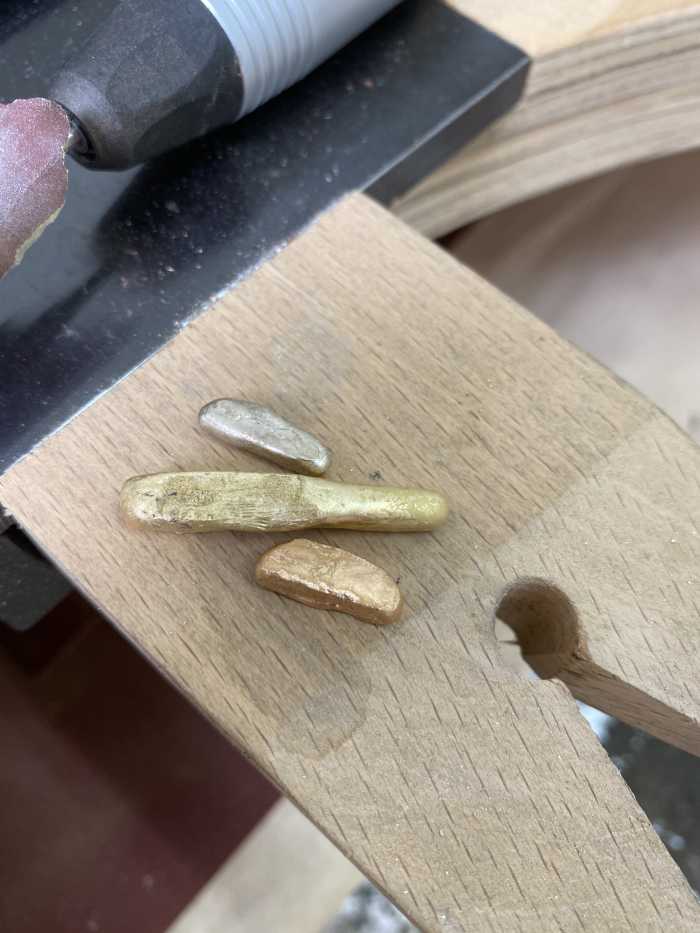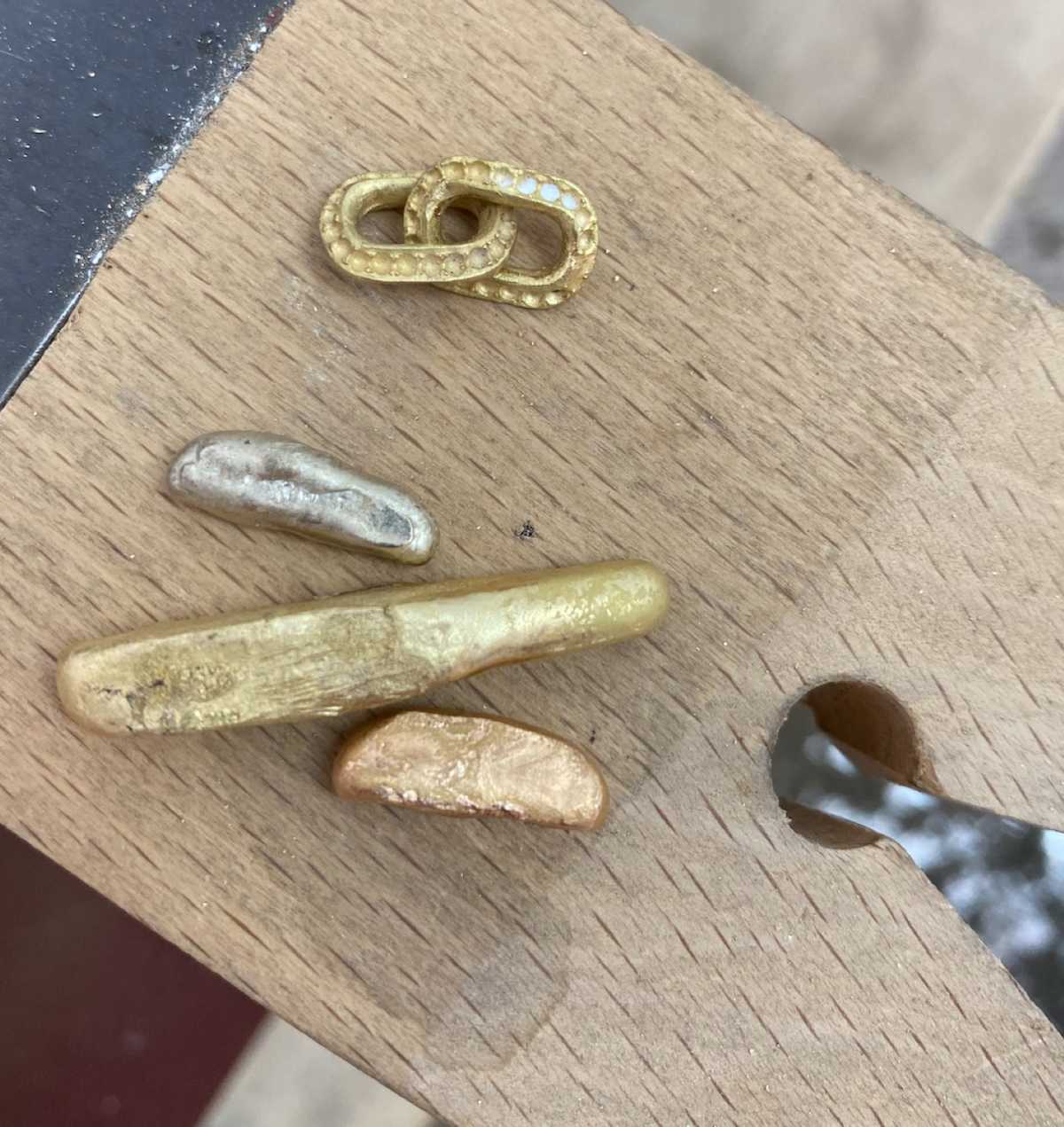Lab Grown Diamonds

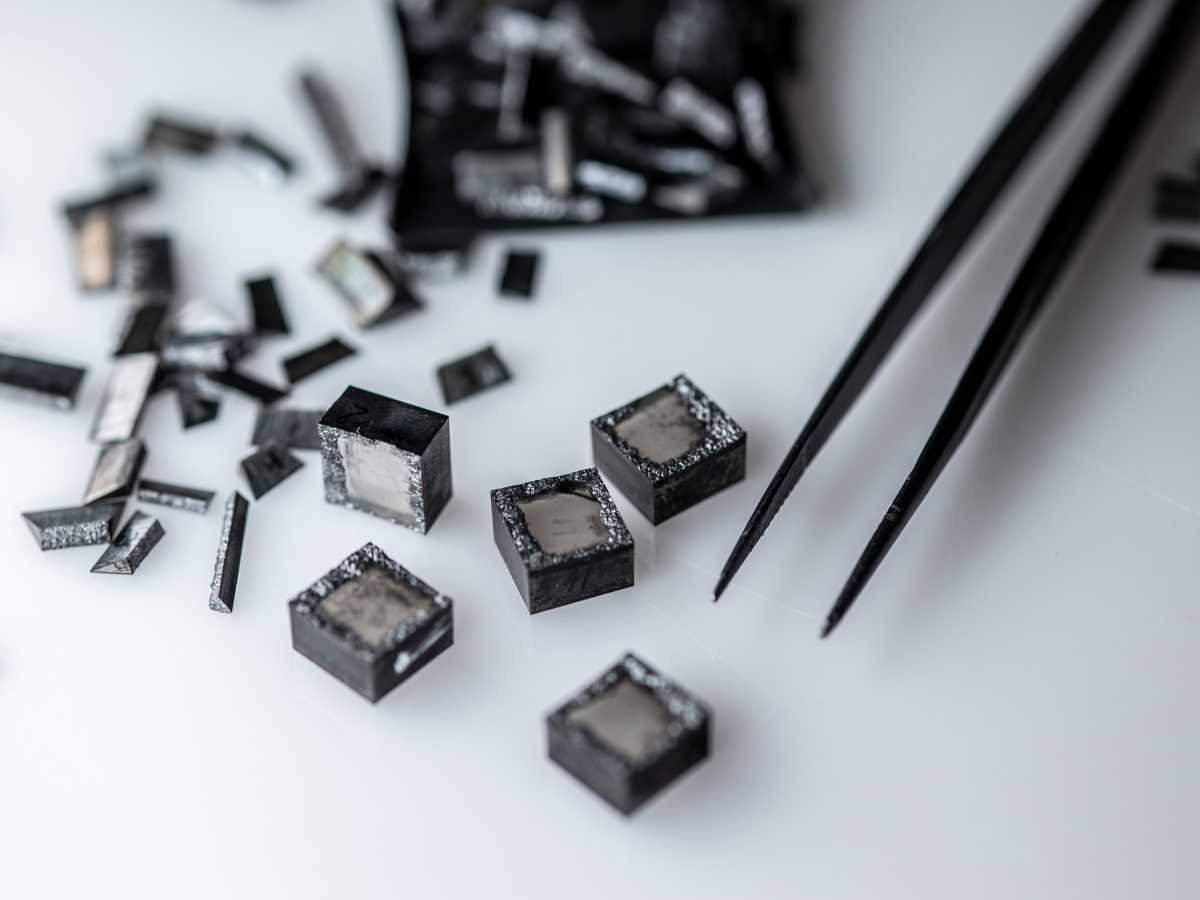
Diamond mining has faced significant back-lash in recent years due to environmental and ethical concerns. People are now looking for alternatives. Lab grown diamonds offer the best of both worlds; high quality and moral transparency. As lab grown diamonds are a relatively young concept however, there is still some uncertainty and misinformation out there. We’re here to help. Welcome to diamonds 101, an overview of all you need to know about lab grown.
What are lab grown diamonds?
Lab grown diamonds are chemically, physically and optically identical to their mined counterparts. They’re not, however, pulled from the shadowy depths of beyond. They’re created in a lab (believe it or not) using cutting-edge technology that replicates the natural growing process.
Lab grown diamonds are made by mimicking the mined diamond environment inside a lab. It’s important to highlight that ‘natural’ and lab grown diamonds are chemically and physically identical. Both diamonds are made from 100% carbon in a high pressure and high temperature environment, the environment being the only variable that differs between the two processes.
Today, lab grown diamonds can be made via multiple methods; namely, High Pressure-High Temperature (HPHT) and CVD (Chemical Vapor Deposition). The technology behind lab grown diamonds has made rapid advances in recent years, provoking growing competition with their mined counterparts. As this is a comparatively new process, it’s necessary to explain the creation process in more depth, avoiding the pitfalls of misinformation that can often circulate online.
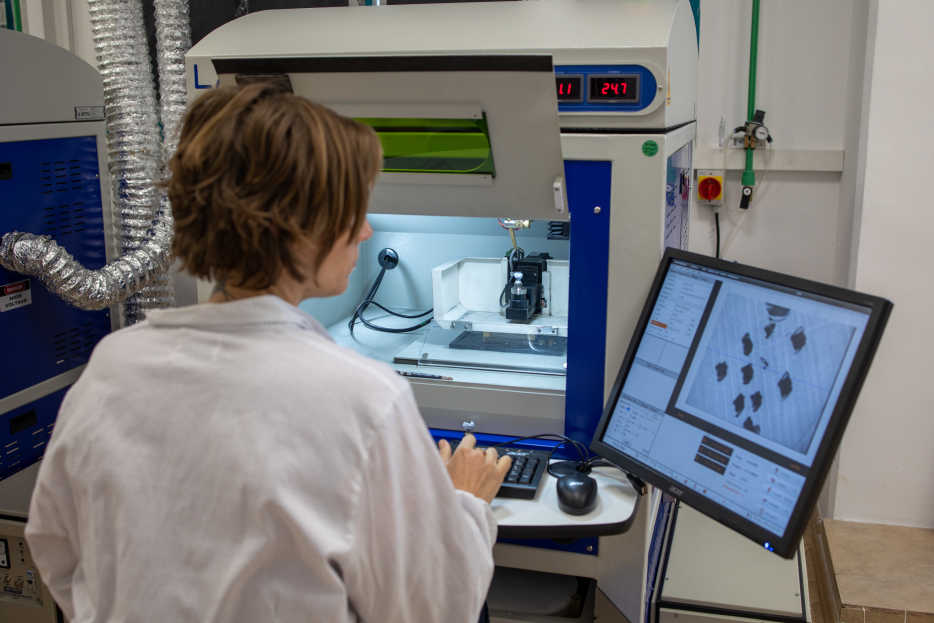
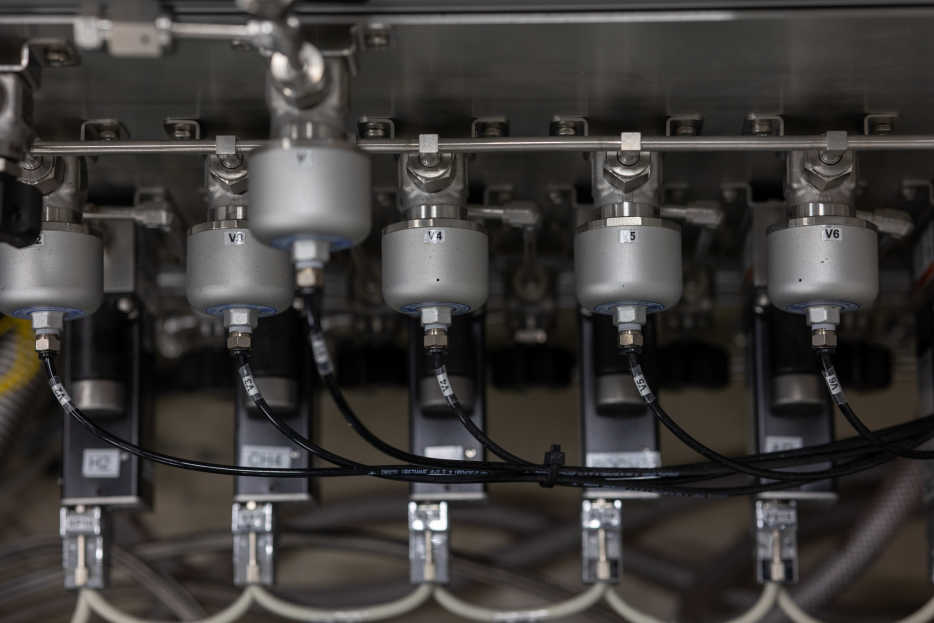
Why lab grown diamonds?
Lab grown diamonds enable more transparency in an industry that knows little. Typically mined diamonds come from unethical supply chains in conflict regions, with poor working conditions, low wages and human rights violations. Besides this, between 88,000 and 176,000 pounds of earth must be sifted through to find a single 1-carat diamond, all in the name of ‘rarity’. The environmental impact includes soil erosion, displaced earth, deforestation and ecosystem destruction. By taking control of the process, it is possible to create a totally transparent supply chain that is less harmful to the environment and its surrounding communities. This is only the beginning of the ‘Diamond Revolution’. There’s a long way to go and there’s room for improvement, but it’s a leap in the right direction. Lab grown diamonds are certainly more ethical and environmentally friendly than natural.

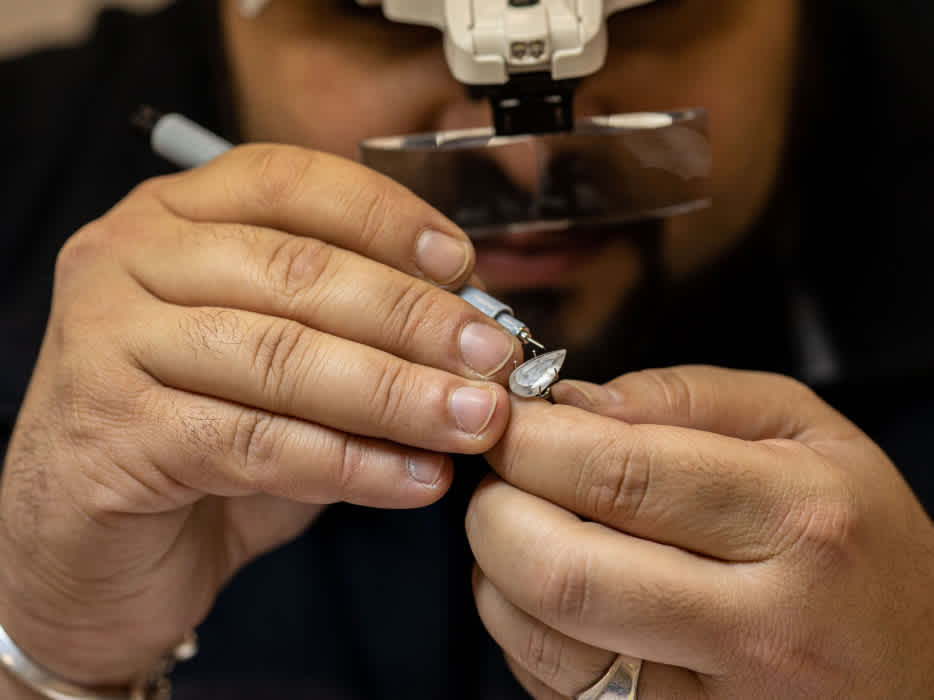
How do lab grown diamonds differ from mined?
SOCIAL IMPACT
LAB GROWN
Full control over the process
Transparent supply chains
Fair wages and good working conditions
MINED
Complex, untraceable and often unethical supply chains from conflict regions
Poor working conditions, low wages, human rights violations and child labour
ENVIRONMENTAL IMPACT
LAB GROWN
Reduced levels of energy required
Less harmful to the environment and its surrounding communities
MINED
Causes soil erosion, displaced earth, deforestation and ecosystem destruction
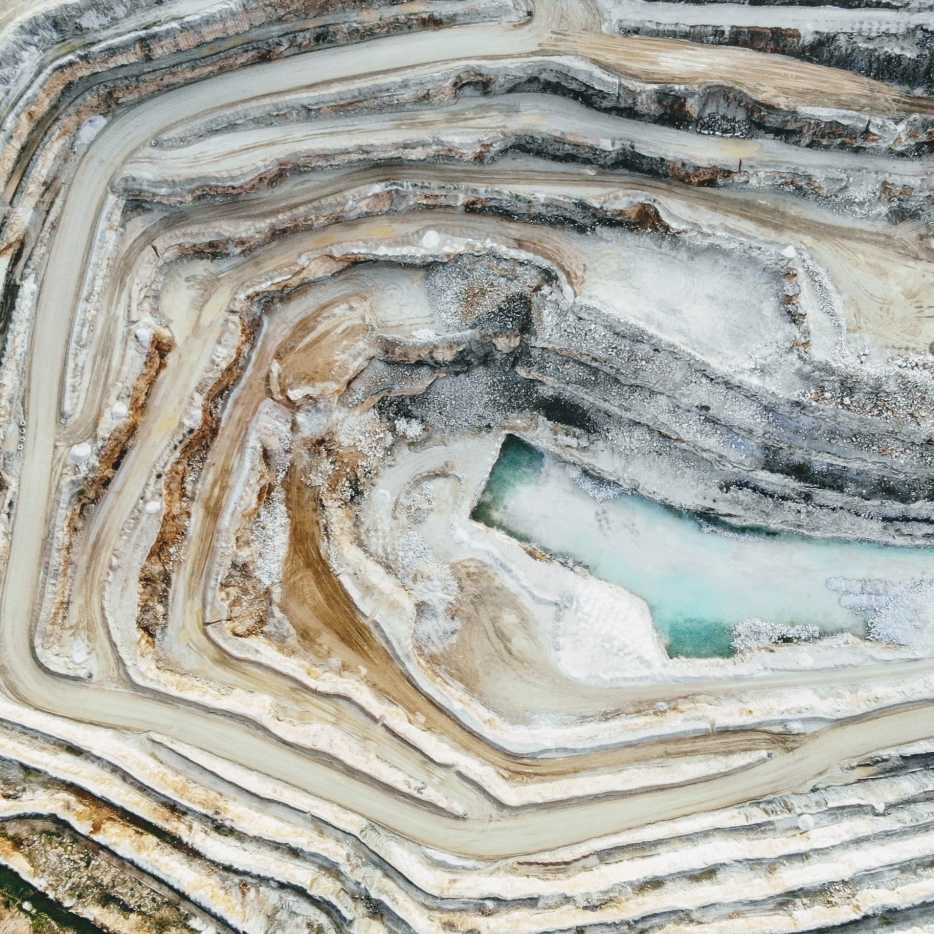
QUALITY
LAB GROWN
Chemically and physically identical to mined stones
Graded using the 4Cs of Diamond Quality: cut, color, clarity and carat weight
MINED
For the same quality assurance, a mined diamond is sourced through a disruptive process with a negative impact
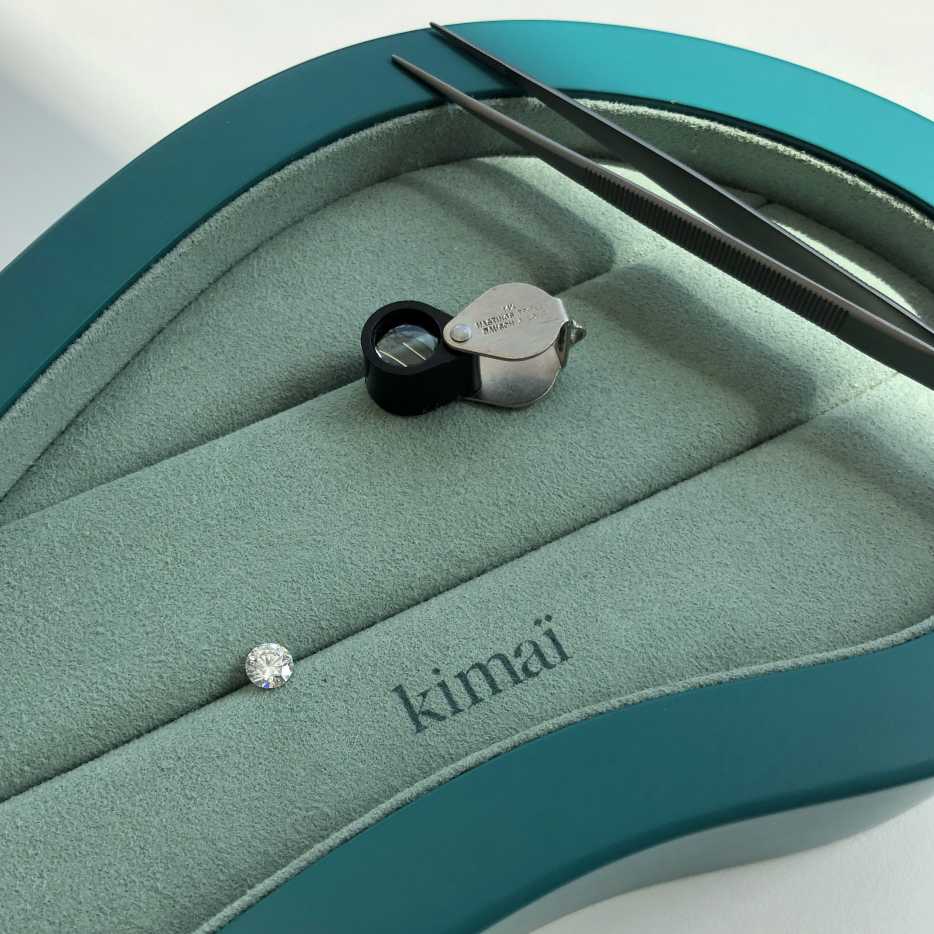
AFFORDABILITY
LAB GROWN
More affordable. Often better quality for the same or less cost than mined
MINED
‘Rarity’, difficulties in mining and savvy marketing techniques make mined diamonds so expensive. Only 30% match standard gem quality
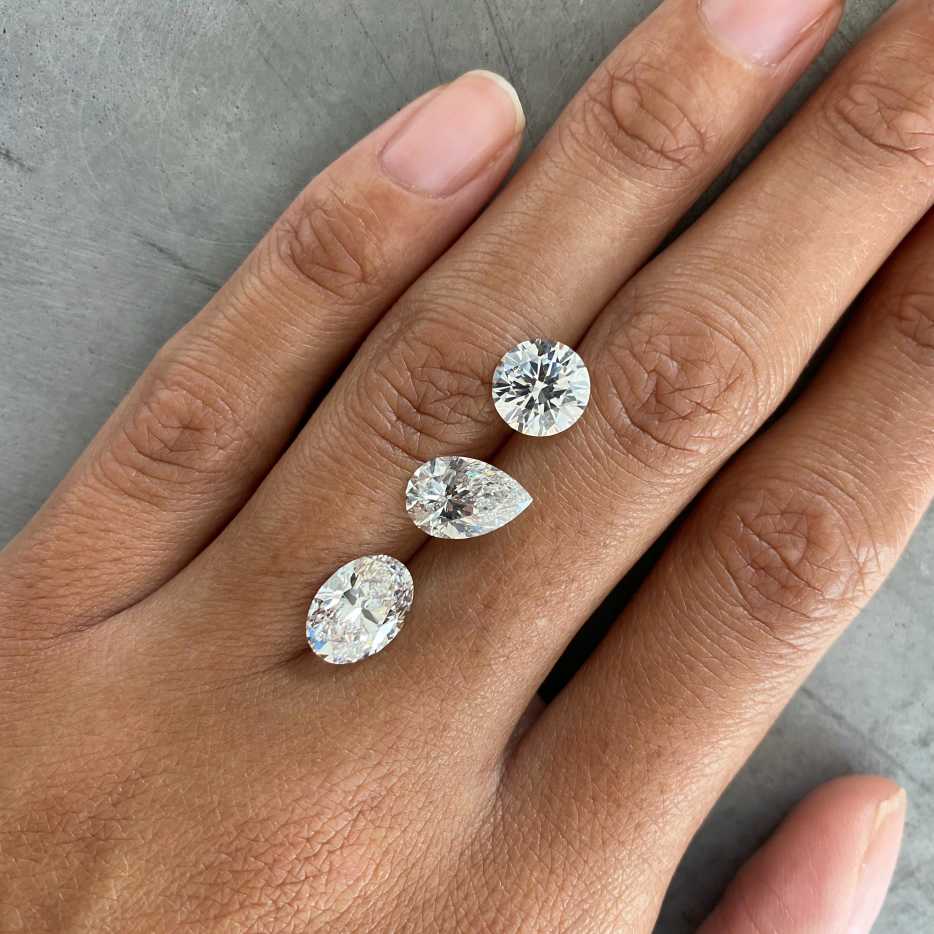
A closer look at the environmental impact
By now, we know that mining diamonds has huge consequences for our planet. Not only does it displace and disrupt the earth, but also the ecosystems and communities that surround mining regions.
EROSION
Diamonds are carried to the earth’s surface through Kimberlite Pipes, a type of igneous rock which formed from cooled volcanic activity. In order to reach this area, there are two most common types of mines in operation; open pit, which maintains exposure to the surface throughout the extraction process and underground, where an entry is made through a horizontal or vertical tunnel. Tonnes of debris is cleared each day using heavy duty machinery and explosives that leave a permanent scar on the earth.
In some cases, the process can involve removing entire lakes and actually rediverting rivers. This happens when the diamonds accumulate because of sediment and erosion from the Kimberlite Pipes.
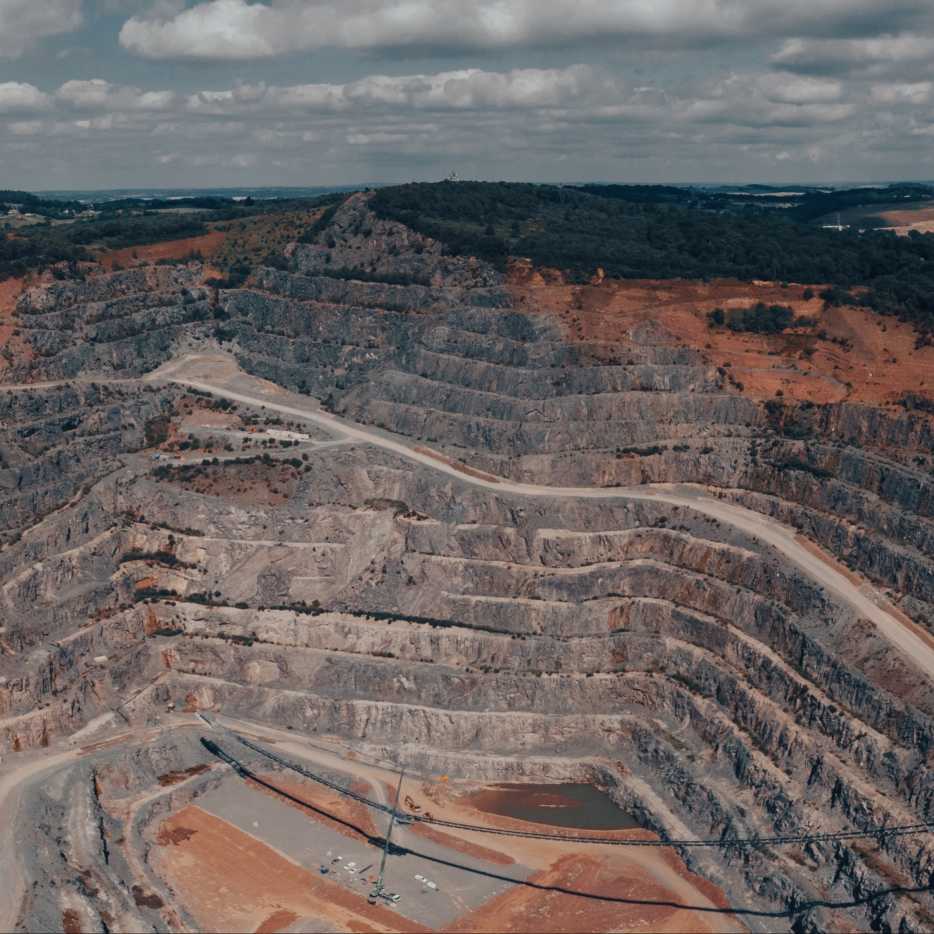
ECOSYSTEM DESTRUCTION
In some cases, diamond mining has caused entire ecosystems to fall. Thousands of abandoned mining pits in Kono, Sierra Leone, have pushed wildlife away from their homes. With the topsoil eroded, once bountiful farming land is now desolate and unsuitable to sustain life form. Not only has this affected wildlife, but the pits regularly fill up with unsanitary rainwater that attract mosquitos carrying dangerous diseases for humans.
Deforestation due to diamond mining has had a huge impact on ecosystems and local communities. Theroughly 1,400 people of the Paiter-Suruí tribe, for instance, live in the Amazon forest and were uncontacted until 1969. After discovering they sit on 248,000-hectares of diamond reserves, the miners moved in and created shocking scars on this pristine part of the Amazon, as well as a ‘weakening’ of the community.
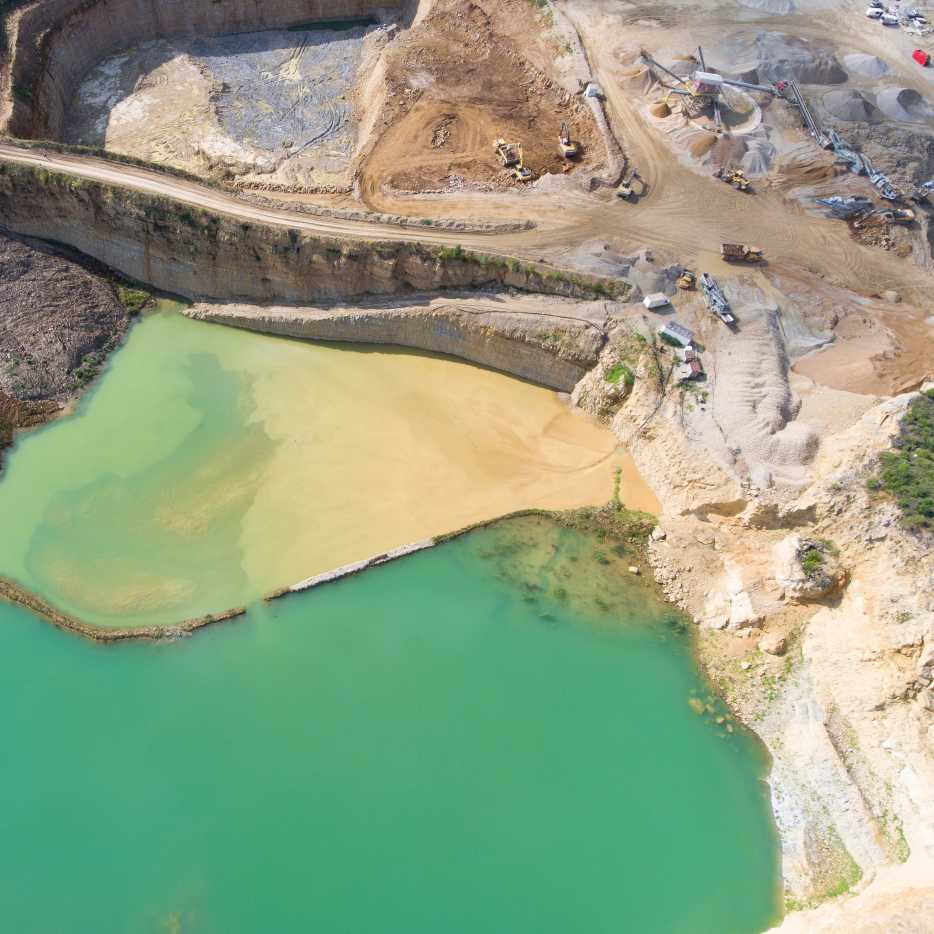
COMMUNITY DISRUPTION
Communities surrounding the mining pits are often forced to relocate due to unhealthy living environments and the removal of livelihoods that once relied on the land. Rural, agricultural communities bear a large burden of the cost of, for instance in May 2011 the villagers of Chiadzwa in Marange were displacemed and resettled to make way for diamond mining. Whilst measurements were taken to support the people initially to avoid homelessness, after five months they did not know how much and when they would get further compensation for their loss. Most initiatives foster dependency rather than rehabilitation, development and livelihood sustainability.
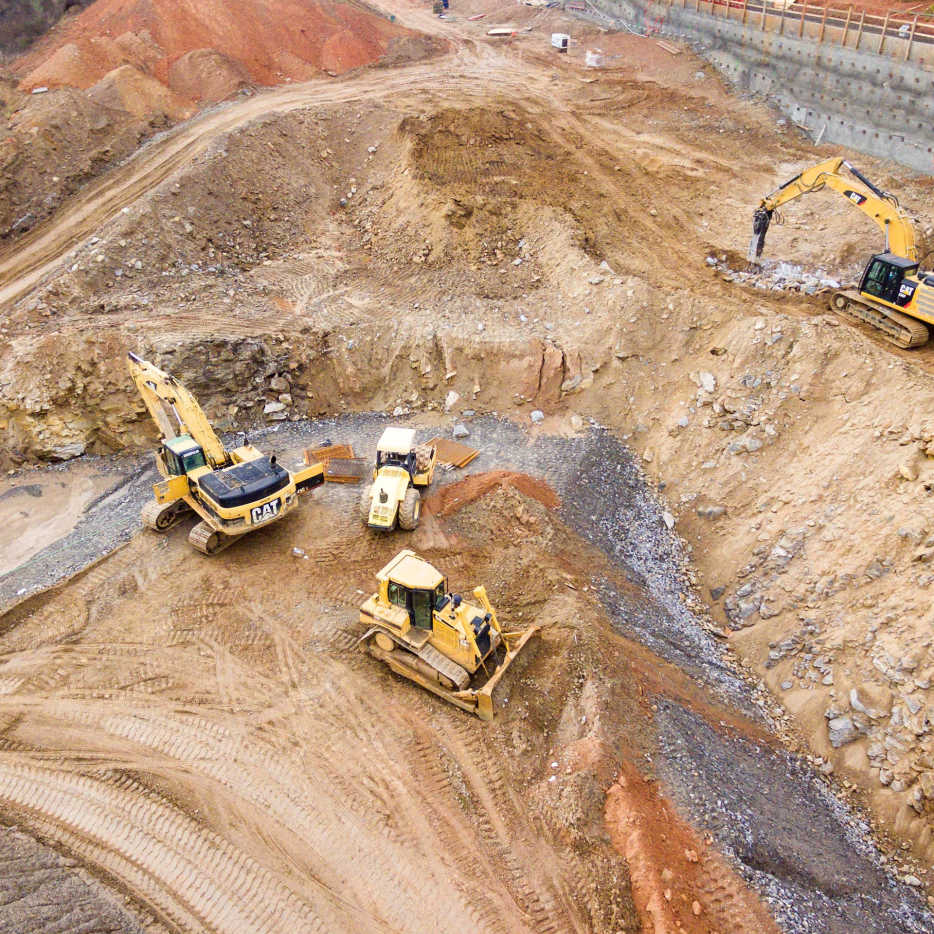
CARBON EMISSIONS
In a study by Frost & Sullivan, it was found that mined diamonds produce more than 30 pounds of Sulfur oxide and 125 pounds of carbon per single carat, whilst lab-grown diamonds produce “little or no gaseous emissions.” It takes an entire factor more energy to extract an underground diamond from Earth than it takes to create one above ground.
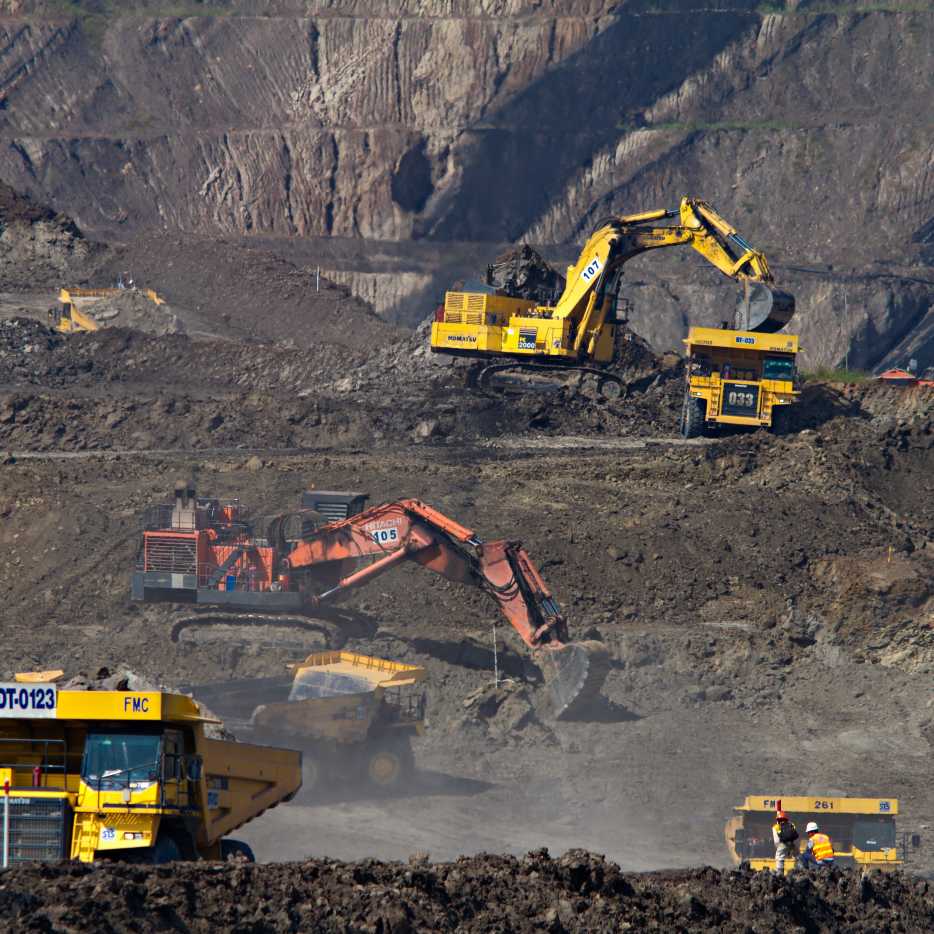

How to differentiate?
There have been numerous cases of diamond parcels getting mixed up, as not even a specialised gemologist can tell a mined and lab grown diamond apart with the naked eye or a loupe. Recently, the FTC changed its definition of a diamond by removing the word ‘natural’. Really, the only thing that makes a lab-made diamond different to mined is its origin.They are for all intents and purposes carbon copies, just with honest back-stories and less emotional baggage.
The only way to see a difference is with a special machine that has been developed to see the structure of the atoms. Because of this, GIA, HRD and IGI labs are now grading both lab-made and mined diamonds in exactly the same way.
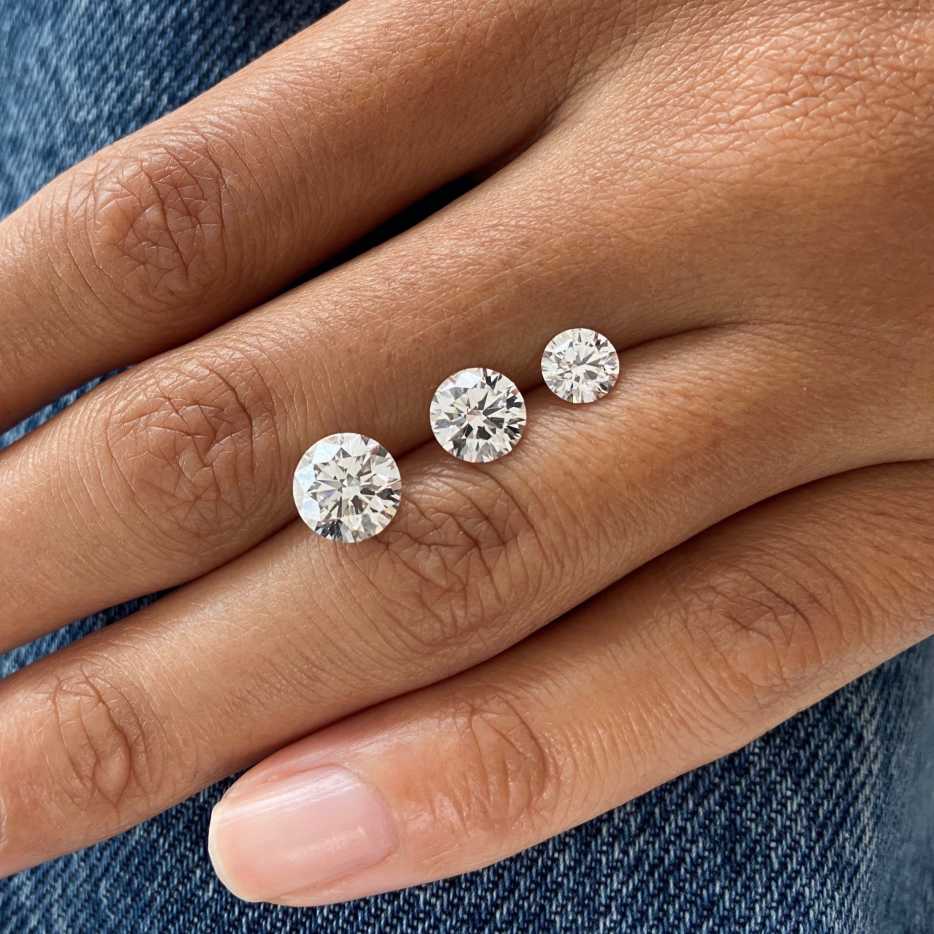
“[Lab-created diamonds] are not fakes. They’re not cubic zirconias. They have all the same physical and chemical properties of a mined diamond,” says Stephen Morisseau, a spokesman for the Gemological Institute of America, a nonprofit organization that oversees the international diamond grading system.
A good comparison is to think about water turning to ice in a freezer and an iceberg in the ocean, the product is the same but the origin is very different.
Lab grown vs cubic zirconia
There are a lot of fakes knocking around out there and convincing ones at that. How can we tell the difference between a real diamond and a pretender? A lab-created diamond has an identical chemical makeup to a mined diamond, making it the genuine article, whereas a cubic zirconia, for example, is not. That is because it does not contain carbon, is softer and can be differentiated with a glance of the naked eye.
How to buy lab grown diamonds?
Navigating diamonds can be pretty tough. With a wealth of options out there, it’s hard to know where to start and who to trust. Clueing up will put you in a better position to find or even design your own special piece with a diamond that’s just right for you.
Do your research
Do your research. Who are you working with? It’s important to know who you are sourcing your diamonds from. Some brands claim reputability but have little evidence to back them up, which is why a consultation with an expert is recommended.
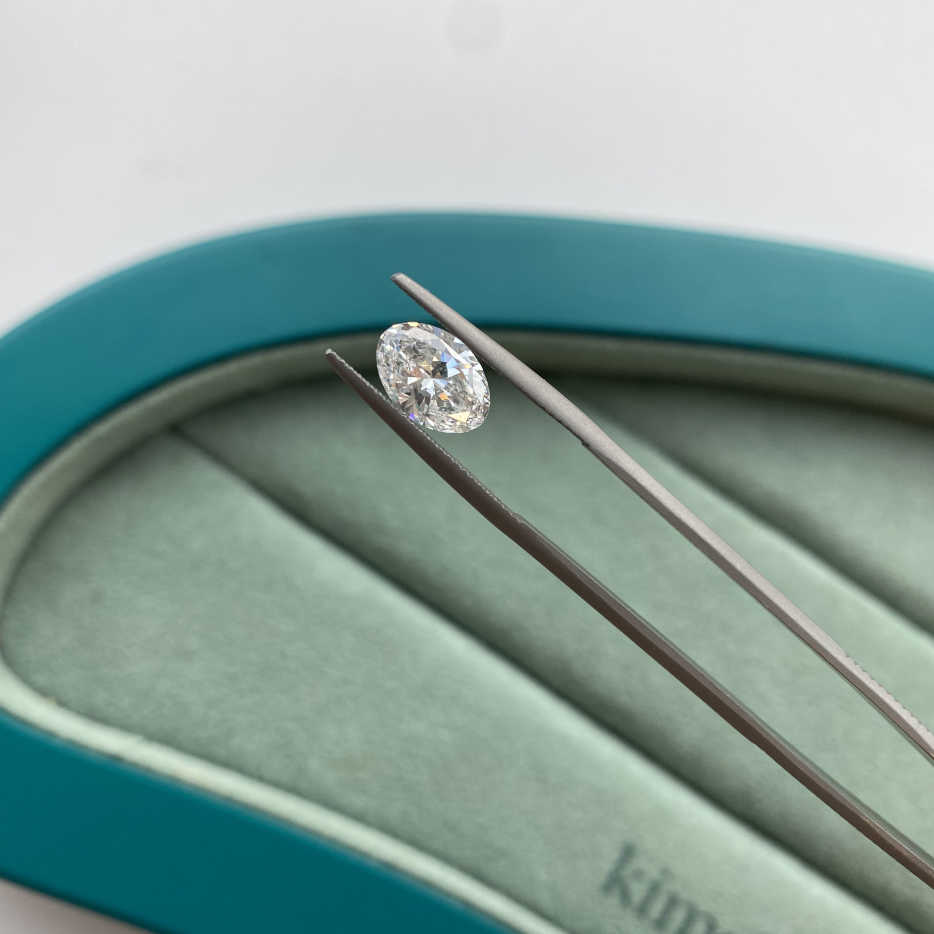
Choose your shape
Shape: Choosing your shape is important. Diamonds are graded based on how well its cut facets interact with light. Precise artistry is needed to get the proportions, symmetry, and polish just right, so that the stone can deliver a magnificent return of light.

Choose your carat
Carat: Carat weight is the measurement of how heavy a diamond is. A metric 'carat' is 200 milligrams, then each carat can be subdivided for precise measurements. All else being equal, diamond price increases with carat weight.

Choose your stone properties
Stone properties; clarity and colour. Diamonds are also graded based on their purity, from near flawless under a microscope, to internal ‘inclusions’ and external ‘blemishes’ that are obvious to the naked eye. No diamond is 100% pure, but the more refined the stone, the better clarity it has.
The colour evaluation is actually based on the absence of colour. Chemically pure and structurally perfect diamonds have no hue and are ranked from the highest grade D to the lowest, Z.
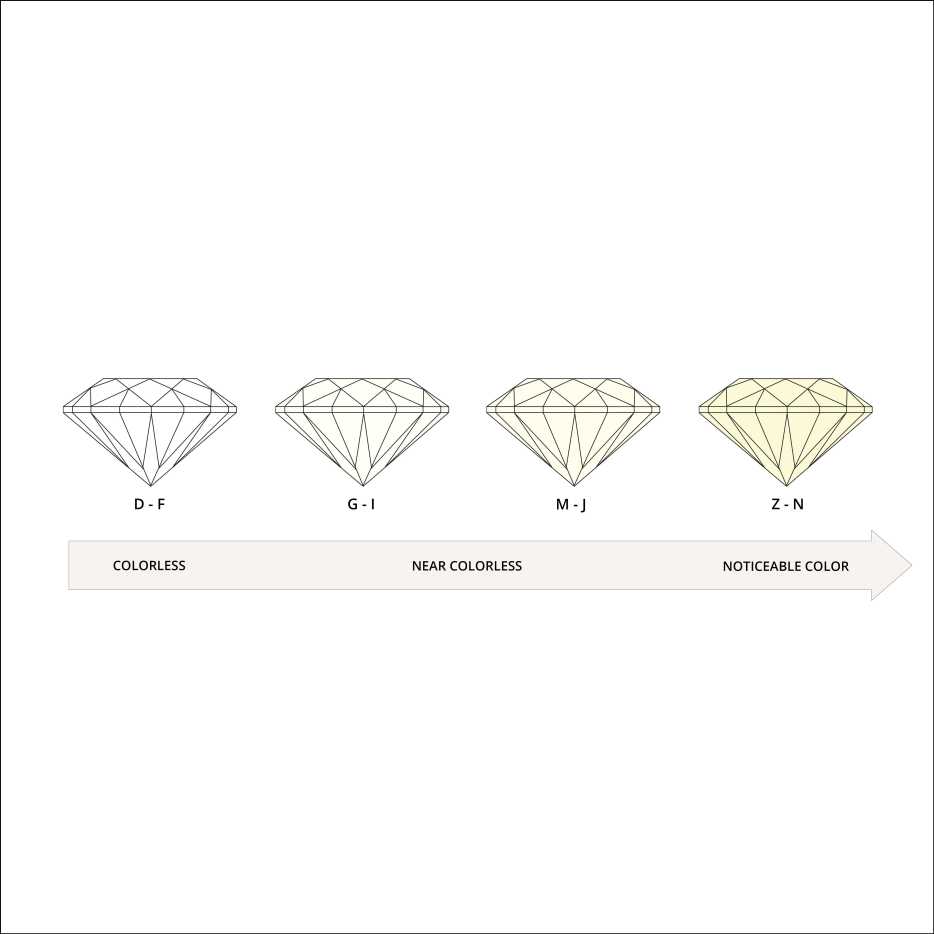

Where can you buy lab grown diamonds?
Just like mined diamonds, lab grown are graded and certified. At Kimai, diamonds that are above 0.50ct are sent to the IGI lab that specialises in grading, for professional assurance. Not only do we offer contemporary fine jewelry pieces but a bespoke service that hands you the power to create that special piece you’ll cherish forever.
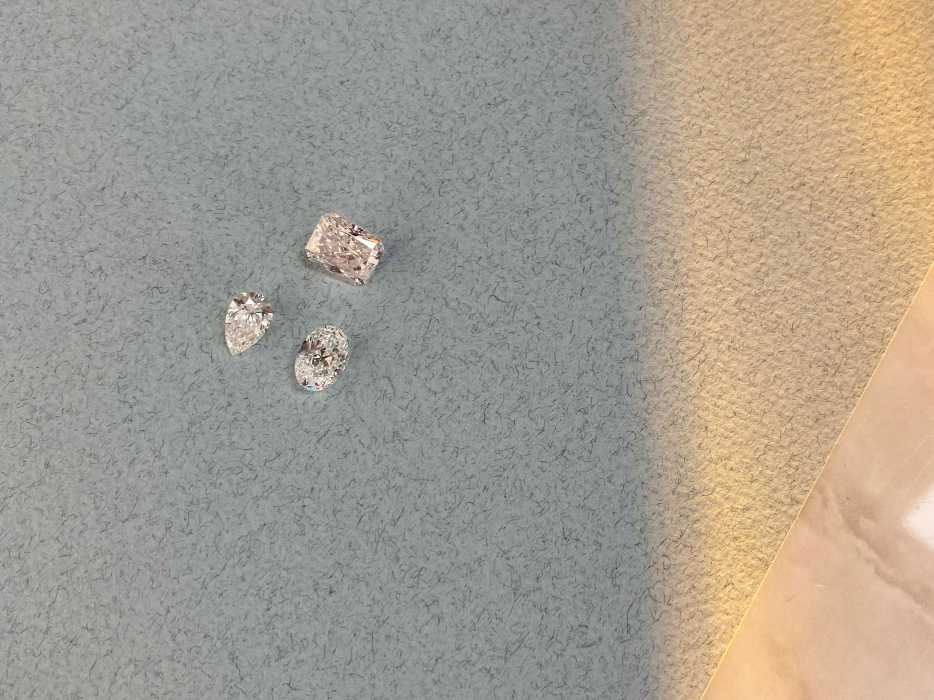
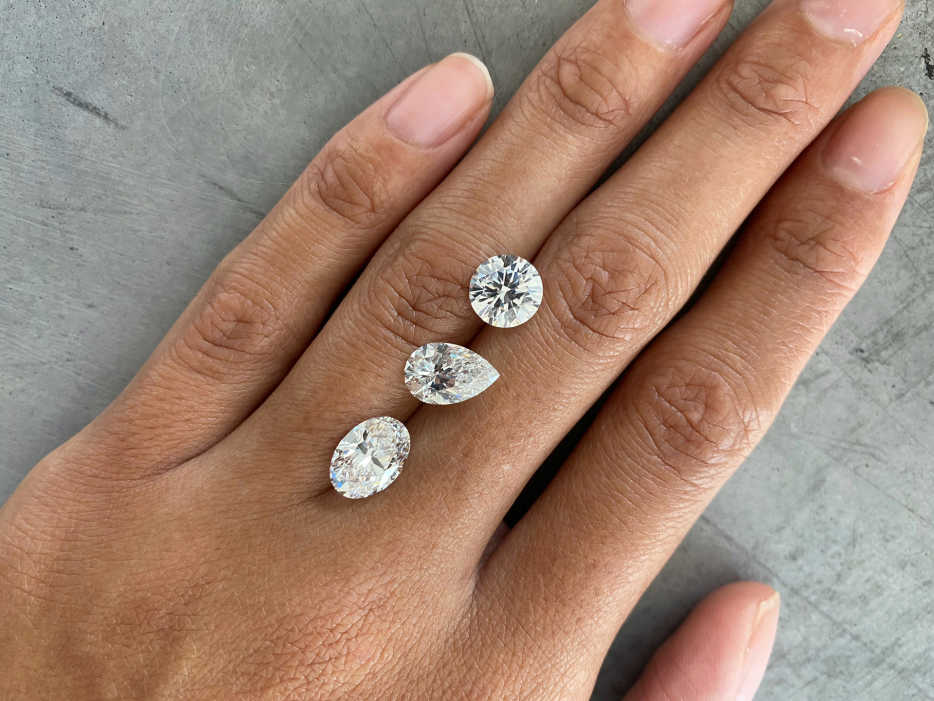
Catégories pertinentes

Diamond Buying Guide
Choosing the right diamond is an important task, particularly if that diamond is one that will be worn all ... En savoir plus
Want to learn more about lab grown diamond?
Book an appointment with one of designers and discuss any questions you might have, or what your needs may be.
